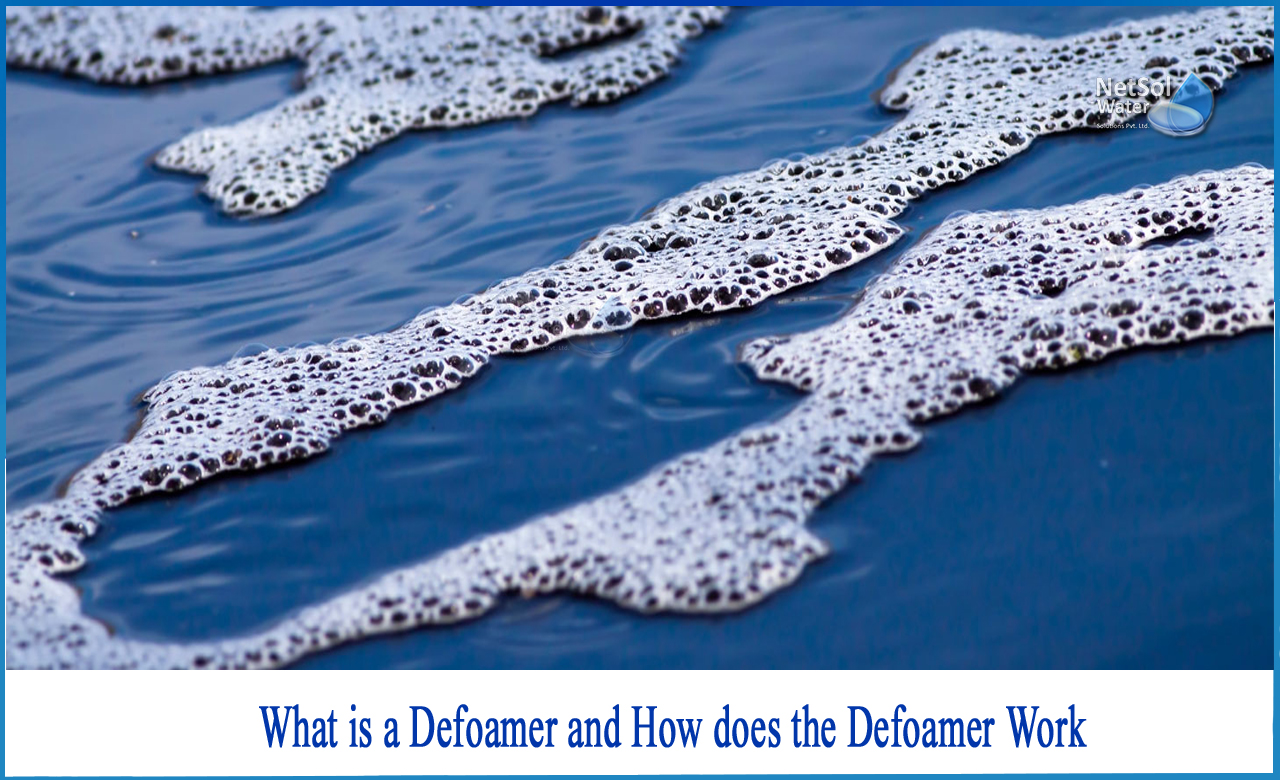The Role of Defoamers in the Chemical and Food Processing Industries
The Role of Defoamers in the Chemical and Food Processing Industries
Blog Article
Discover the Top Advantages of Using Defoamers in Industrial Processes
The utilization of defoamers in industrial processes offers a variety of engaging benefits that can enhance functional efficiency and item quality. By properly managing foam manufacturing, these agents not just maximize product flow however additionally add to considerable expense decreases and improved sustainability. Their application extends several industries, which elevates questions regarding their role in mitigating environmental effect while making sure consistent result. Recognizing these benefits is essential for sectors aiming to fine-tune their procedures. The implications of embracing defoamers might be more extensive than originally perceived. What particular advantages could your company harness?
Enhanced Process Effectiveness
Maximizing commercial procedures frequently includes resolving frothing concerns, which can prevent functional efficiency. Foam formation can hinder the proper functioning of equipment, decrease the effective usage of resources, and make complex the monitoring of important specifications. By executing defoamers, markets can efficiently reduce these issues, leading to streamlined procedures and boosted efficiency.
Defoamers work by destabilizing the foam structure, permitting rapid collapse and substantial decrease in foam volume. This action not only boosts the circulation of materials through tools, such as mixers, activators, and pipelines, but additionally decreases interruptions triggered by foam overflow. Consequently, equipment downtime is lowered, enabling a much more effective and continuous manufacturing process.
Furthermore, using defoamers can result in lowered energy intake. With much less foam to take care of, pumps and compressors can run a lot more efficiently, causing lower functional costs and a general improvement in procedure throughput. Ultimately, the critical use defoamers not just addresses immediate lathering obstacles however additionally contributes to an extra efficient commercial community, promoting an affordable advantage in a requiring market.
Improved Item High Quality
The assimilation of defoamers in industrial processes plays an essential function in boosting product high quality. By properly controlling foam formation, defoamers add to the consistency and uniformity of end products. Too much foam can lead to aeration, which negatively influences the appearance and stability of formulations, especially in industries such as food and drugs, coatings, and beverages.

Moreover, defoamers facilitate far better mixing and diffusion of active ingredients, causing homogeneity in formulations. This is essential in applications where specific component ratios are essential for efficiency and safety. In addition, the elimination of foam can reduce the danger of contamination during manufacturing, further guarding product honesty.
Eventually, by improving item quality, defoamers not just enhance customer complete satisfaction yet likewise enhance brand online reputation. Their role in keeping top quality criteria highlights their relevance in contemporary commercial processes.
Expense Decrease Benefits
Carrying out defoamers in commercial processes can bring about considerable expense decrease benefits. By successfully regulating foam formation, defoamers reduce item loss throughout manufacturing, thus maximizing product use. This decrease in waste translates directly into reduced basic material costs, enhancing general functional performance.
Moreover, using defoamers can reduce power intake. Too much foam can hinder equipment performance, causing raised power requirements to maintain production levels. By alleviating foam, defoamers promote smoother operations, permitting machinery to run more successfully and lowering power expenses.

Additionally, defoamers can shorten handling times. Foam can develop added challenges that prolong production cycles. By utilizing defoamers, sectors can simplify their procedures, causing faster turnaround times and improved throughput. This efficiency not just increases manufacturing however also allows firms to fulfill market demands much more swiftly.

Environmental Influence Reduction
In industrial processes, using defoamers plays an essential function in mitigating ecological impacts connected with foam generation. Foam can cause significant operational ineffectiveness, leading to raised emissions and waste generation. By efficiently managing foam, defoamers aid maintain process efficiency, consequently lowering the total environmental footprint of operations.
Furthermore, extreme foam can overflow containment systems, bring about spills that may contaminate soil and water resources. Defoamers help minimize this risk by making sure that lathering does not go beyond suggested restrictions, advertising conformity with ecological laws. This aggressive strategy not just safeguards ecological communities yet additionally boosts the sustainability of commercial techniques.
Furthermore, using defoamers can reduce power usage in different processes. defoamers. Reducing foam formation diminishes the demand for added energy-intensive procedures, such as boosted anxiety or pumping, which may otherwise be essential to take care of foam. The adoption of defoamers aligns with more comprehensive sustainability goals by promoting energy efficiency while decreasing the carbon impact of industrial tasks.
Ultimately, incorporating defoamers into commercial procedures is a calculated measure that sustains environmental stewardship and responsible resource administration.
Versatility Throughout Industries
Across numerous markets, defoamers demonstrate exceptional flexibility, adjusting to the particular needs of diverse applications. In the food and drink market, as an example, defoamers are essential to keeping product top quality by avoiding foam development during handling, which can affect structure and flavor. In a similar way, in the pharmaceutical market, defoamers make certain the stability of solutions, enhancing item blog efficiency and consistency.
In the chemical production realm, defoamers assist in smoother operations by reducing foam in response vessels, thus enhancing return and reducing downtime. The paper and pulp market relies on defoamers to boost the performance of pulp processing and paper production, making certain optimum product stability. In addition, in wastewater therapy facilities, defoamers play an important duty in controlling foam during aeration procedures, bring about improved treatment outcomes.
The flexibility of defoamers includes the oil and gas sector, where they aid in managing foam in drilling liquids and manufacturing procedures. By customizing formulations to meet particular market demands, defoamers work as crucial devices that boost functional performance, product high quality, and general process efficiency across a wide range of industries. Their versatility highlights their value in modern industrial applications.
Conclusion
In final thought, the utilization of defoamers in industrial procedures presents various benefits, including boosted efficiency, enhanced item quality, considerable price reductions, and favorable environmental impacts. The assimilation of defoamers stands for a calculated approach to resolving difficulties linked with foam monitoring in try this numerous manufacturing settings.
Inevitably, the calculated use of defoamers not only addresses instant foaming challenges however additionally adds to an extra efficient industrial ecological community, fostering a competitive advantage in a demanding market.
In industrial processes, the use of defoamers plays a crucial role in mitigating environmental effects connected with foam generation. By properly controlling foam, defoamers help maintain process effectiveness, thus minimizing the total ecological impact of procedures.
Furthermore, in wastewater treatment facilities, defoamers play a crucial function in regulating foam throughout aeration processes, leading to improved treatment outcomes.

Report this page